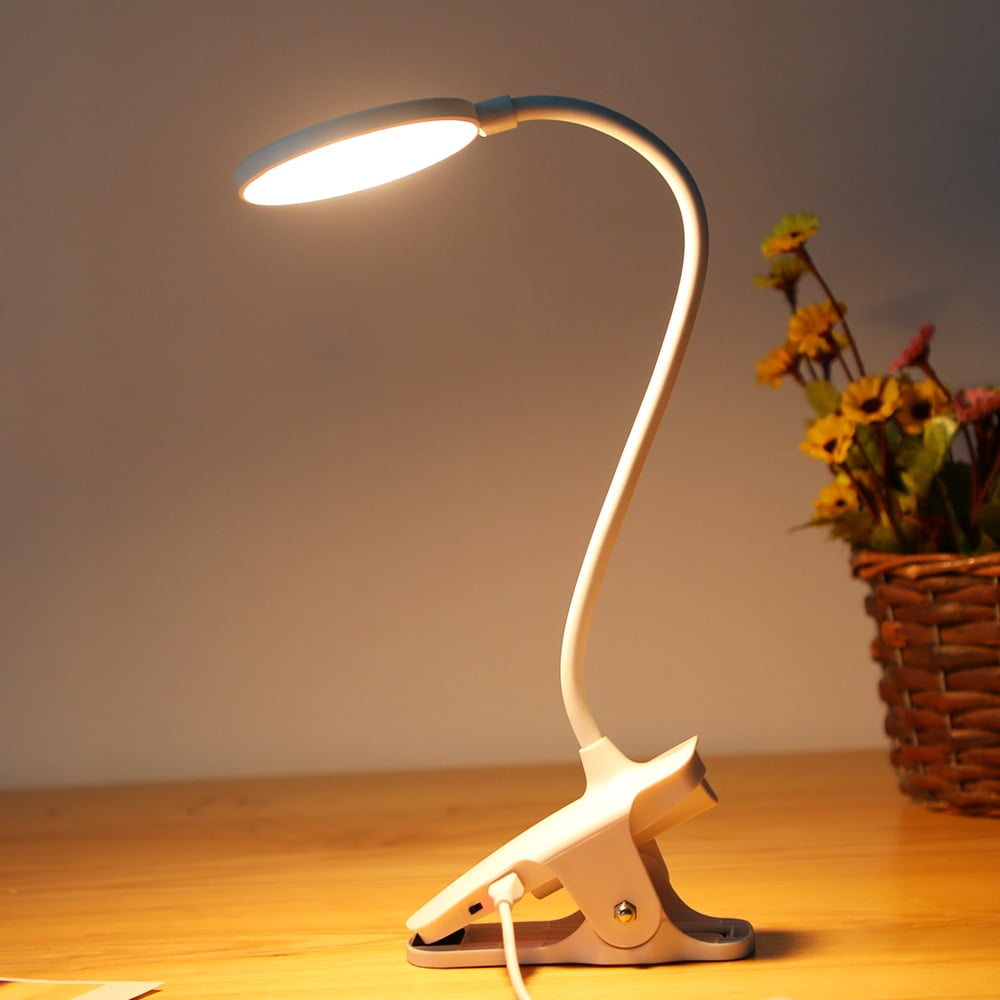

Trailing edge dimmers existed before LEDs were a useful light source but particularly became popular in the age of LED as it’s a method of shortening the alternating current to the light source was proven to be more tolerant to the lighter loadings of LED. The power is reduced at the end of the cycle, which can result in a more abrupt effect. Trailing edge phase control dimmers are the opposite of leading-edge phase control dim. This makes them better for higher wattage bulbs with capacities up to 1000W, but they can also work with LED light fixtures but rarely acceptably across the whole of the dimming curve. They have been around for a long time and are usually used to dim traditional incandescent and mains halogen light bulbs. Leading-edge dimmers have traditionally been more popular than trailing-edge ones. This can result in a smoother effect and is often used with low-voltage LEDs. Leading-edge phase control reduces the power at the beginning of the cycle instead of the end. Trailing edge dimming reduces the power at the end of the cycle.Leading-edge dimming reduces the power at the beginning of the cycle.

There are two types of phase control: leading edge and trailing edge. The duration of the power cycle is shortened, which reduces the overall light output. It works by reducing the amount of time that the power is supplied to the light source. Phase control is the most common type of dimming used with LEDs. There are various ways to reduce power from reaching a light source and each of these methods have been adopted within interior and exterior lighting schemes. Small LED fittings to be wired in series, like LED floor washers.
#Dim lamp drivers
Lighting fixtures with external dimmable drivers include: They are also easier to replace if they fail. The reason external dimmable LED drivers are used is that they can be located away from the light source, often in a more convenient location. They are also useful when upgrading older lighting to LED, or when installing new lighting in a large area where multiple fixtures will be used.
#Dim lamp driver
If your LED does not have a built-in driver, you will need to use an external driver with a compatible dimmer switch.Įxternal dimmable drivers are used when an internal driver is not suitable or practical. Lighting fixtures with internal dimmable drivers include:

The reason internal dimmable LED drivers are used is to provide a space-saving and often more aesthetically pleasing solution, as well as reducing installation costs. Internal drivers cannot be accessed or replaced without potentially nullifying the warranty. To dim an LED with an internal driver, you will need a compatible dimmer switch, and be sure to check that it is indeed dimmable. Many LEDs come with built-in drivers that allow them to be dimmed using one of the many methods available.
#Dim lamp series
The driver is either incorporated internally in the product or you have to pair a suitable external driver with the LED fixture or series of fixtures being installed. When dimming lighting, the driver has to be compatible with the control method being used in the room or building. Most LEDs in use today are constant current or constant voltage and require a power supply called a ‘ driver‘ to convert the AC current from a lighting circuit into a low voltage DC current that is suitable for the type of LED chips being used in the fixture.


 0 kommentar(er)
0 kommentar(er)
